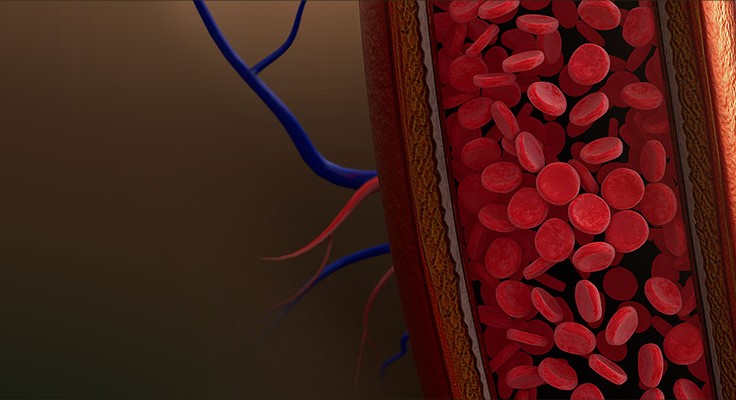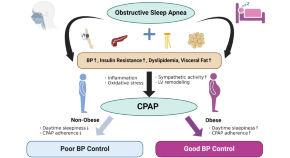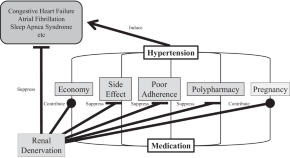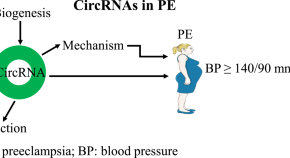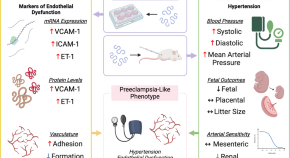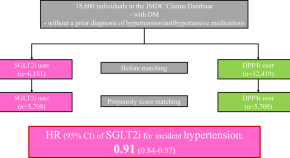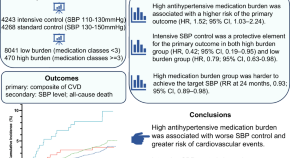
Advertisement
Trending - Altmetric
-
Predicting cognitive function and dementia risk in patients with hypertension
-
A role for circadian clock in metabolic disease
-
Blood pressure classification using the Japanese Society of Hypertension Guidelines for the Management of Hypertension and cardiovascular events among young to middle-aged working adults
-
Global guidelines recommendations for dietary sodium and potassium intake

